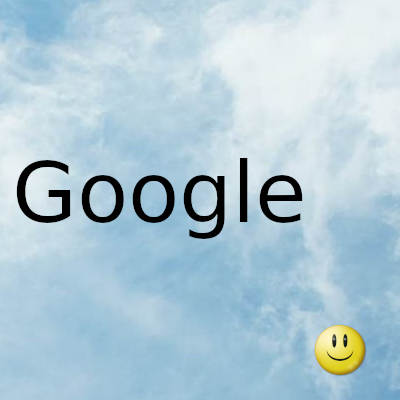
Google develops a feature in Chrome that uses Artificial Intelligence algorithms to offer the description of images and graphics to blind people.
For a long time blind people or poor vision depend on screen readers to know the content of web pages through spoken comments or braille.
There are not many problems with the text and when it comes to audio, such as publishing a podcast on a web page or video, but in the case of images and graphics, screen readers are not efficient on their own. , depend on descriptions that are created by designers, developers and authors through what is known as Attributes or Alternative Text in the code of the website.
Unfortunately there are millions of images and graphics on the web that do not have any description, so blind or low vision users must be satisfied with hearing the word Image or graphic without labeling and in other cases the name of the file that many times do not describe the image and have file names such as "IMG041018".
Luckily, in an article on his blog, Google points out that thinking about improving that experience, they created an automatic image description function, through artificial intelligence, which is called Get Image Descriptions from Google. .
Thanks to this feature for the Chrome browser, when an image has no description, the browser will create one.
Google clarifies that the description of images generated in this way are not as good as those written by a human, which often adds additional context. They are also more precise and useful than having no description.
As an example of this feature, Google points out that the description of an image can help a blind person read a restaurant menu or better understand social media posts.
The automatic description process created by Google when it is active, if it finds an image without description, sends it safely to a Google server with machine learning software, which adds information according to what it learned from multiple learning models automatic.
Among those models we have those who look for text in the image, those who look for objects such as a tree, person, pencil or anything else in the image that allows them to identify and thus create the description. Google also comments that "the most sophisticated model can describe the main idea of an image using a complete sentence."
Now not all descriptions are offered to the user, since the system also evaluates the accuracy and information. They only provide the description when the model determines that it should be displayed and if you are not completely sure, you can offer a basic description or directly offer none.
Finally, the Mountain View company notes that in recent months they created more than 10 million descriptions with hundreds of thousands added daily. For now this function only works for the English language, but they promise that they will soon incorporate more languages.
They clarify that this function was not created to replace the descriptions of images on web pages written by humans. Google emphasizes recommending designers, developers or authors to follow best practices when creating pages including description in images and graphics.
Date update on 2019-10-14. Date published on 2019-10-14. Category: google Author: Oscar olg Fuente: geeksroom